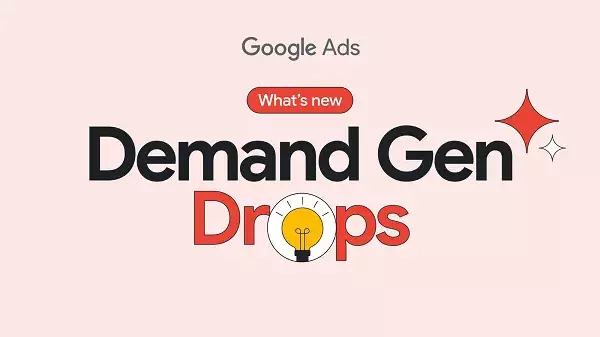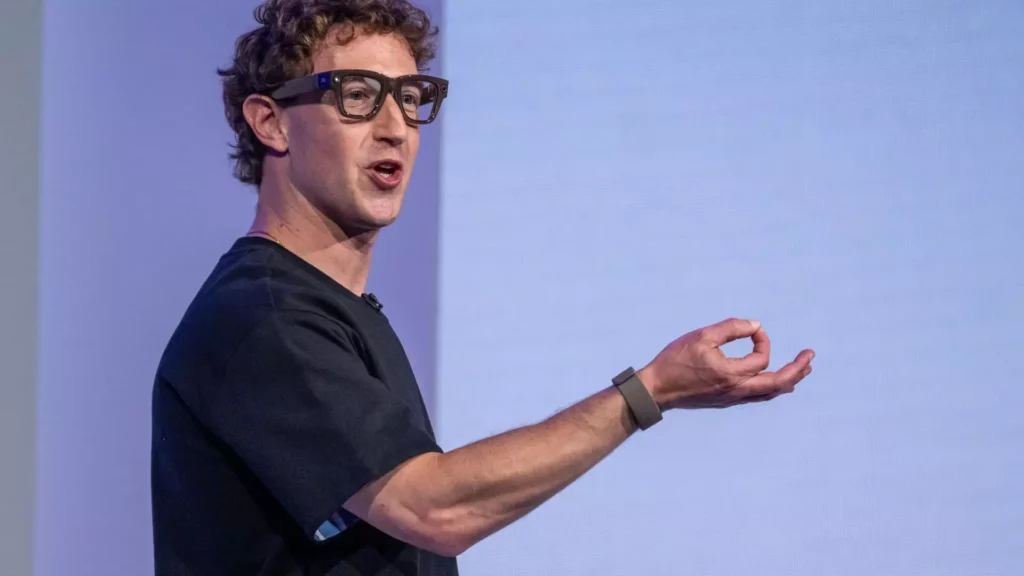Google’s latest announcement regarding Demand Generation (Demand Gen) updates presents itself as a game-changer for marketers eager to leverage YouTube’s advertising potential. The company claims that these AI-powered improvements have already increased conversions by a significant 26%, suggesting a near-miraculous efficiency boost. Yet, a deeper examination reveals that this reliance on automation and new tools may be less revolutionary than claimed. Historically, flashy updates often serve more as marketing hype than actual, tangible improvement. The promise of “industry-leading results” sounds compelling, but the real question remains: Are these tools accessible to all, or do they privilege big players who can allocate more budget to AI-driven optimization?
The Reality Behind “Demand Gen Drops” and Incremental Improvements
Google’s initiative to launch a monthly “Demand Gen Drop” newsletter indicates an attempt to emphasize transparency and continuous innovation. However, it also appears as a reactive move, rather than a proactive one that genuinely addresses marketers’ needs. For smaller or mid-tier companies, the updates—like the lowering of thresholds for Conversion Lift or the new reporting columns—might seem incremental at best. They could be viewed as a calculated effort to keep advertisers hooked on Google’s ecosystem rather than genuine breakthroughs that democratize digital marketing. The emphasis on monitoring these updates may in fact distract businesses from focusing on more impactful, organic engagement strategies.
Questioning the Value of AI-Driven Campaigns in a Competitive Market
While AI and automation are touted as the future of marketing, such claims also carry risks of oversimplification. Google’s insistence that AI improvements directly lead to better conversions neglects the reality that data quality, creative content, and strategic targeting remain critical. Relying heavily on Google’s bid strategies—such as Omni-Channel Smart Bidding—may improve short-term metrics but also risks centralizing power within a platform that benefits from constant engagement, often at the expense of authenticity and user trust. Marketers should be wary of becoming overly dependent on a few major tech giants that are driven by their profit motives, rather than fostering genuine customer relationships.
The Controversial Position: Ceding Control Is Not Innovation
From a center-right, liberal perspective—advocating for a balanced approach that encourages market competition and individual enterprise—these updates could be seen as a double-edged sword. While algorithmic tools offer efficiency, they also threaten to reduce marketer agency and innovation. The push towards automation can create a herd mentality, discouraging creative experimentation by pushing everyone into standardized bidding and targeting strategies. If businesses continue to lean on these “new features” without critical assessment, they risk losing the nuanced understanding of their audiences and ceding too much control to algorithms that operate without transparency.
The Catch-22 of Reporting and Data Insights
Google’s new reporting columns are presented as a way to understand campaign performance better, especially in comparison to paid social efforts. However, the reality is that more metrics do not guarantee better insights if the underlying data is flawed or incomplete. Smaller teams may find themselves overwhelmed by a barrage of new data points, but without the context or expertise, these numbers become just noise. Relying on such metrics may lead to misguided decisions, further exacerbating a cycle of dependency on Google’s platform.
Final Thoughts: Innovation or Imitation Disguised as Progress?
It’s tempting to see Google’s Demand Gen updates as part of a broader narrative of progress. Yet, beneath the surface, there’s an underlying concern about the commodification of digital marketing and the reinforcement of platform dominance. Small- and medium-sized enterprises ought to approach these so-called innovations with skepticism, recognizing that true mastery of advertising still depends largely on strategic thinking, creative depth, and authentic engagement—elements that automated tools and monthly updates can rarely replace. In the long run, market vitality depends less on chasing the latest features and more on cultivating genuine relationships and diverse channels of communication outside the Google ecosystem.









Leave a Reply